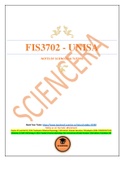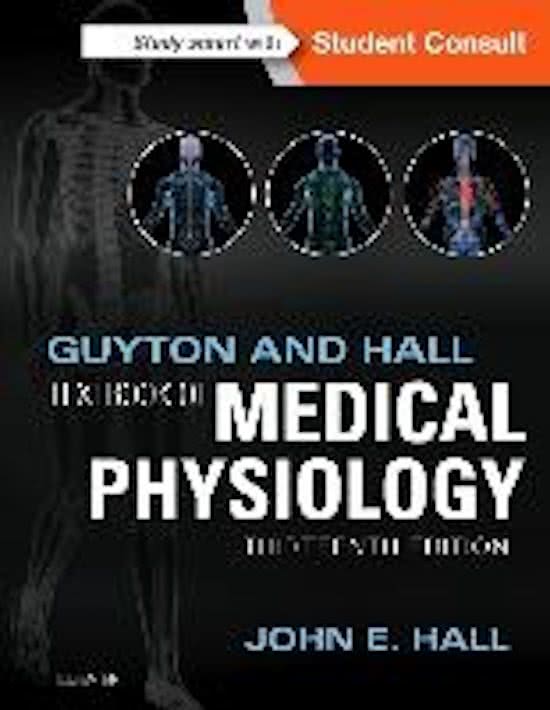Exam (elaborations)
"Complete Guide to FIS3702 Cardiovascular System: Exam Questions Answered 2023"
- Course
- Institution
- Book
The "Complete Guide to FIS3702 Cardiovascular System: Exam Questions Answered" is a comprehensive set of notes that covers all topics related to the cardiovascular system, as covered in the FIS3702 course. This guide is designed to provide students with a complete understanding of the concepts cove...
[Show more]




